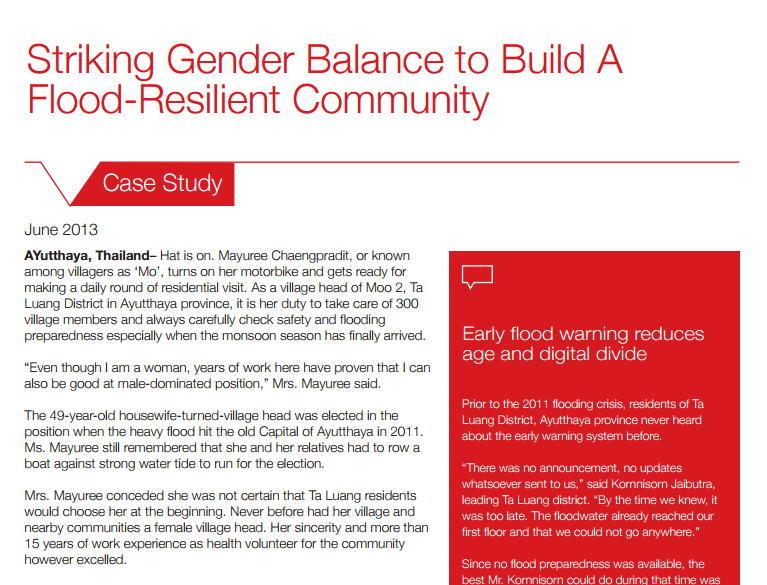Interest Story: Community first responders saving lives in the Philippines
Interest Story on Community first responders saving lives in the Philippines. Asian Disaster Preparedness Center – Website: http://www.adpc.net
Interest Story: Community first responders saving lives in the Philippines Read More »

